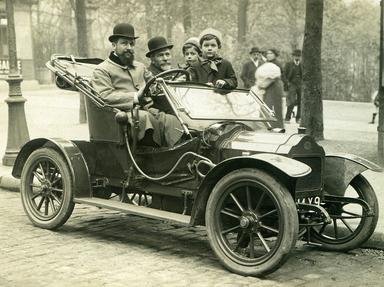Quiz Answer Key and Fun Facts
1. Which industry sparked the beginning of the Industrial Revolution in England?
2. What was the name of the acts issued in England in the late 1600s and early 1700s that were intended to protect the domestic woolen trade from competition with imported fabrics?
3. Which invention by John Kay soared to success as it is considered to be the first big invention of the Industrial Revolution?
4. Although some people would say this invention was named after the wife of James Hargreaves, the second word really means "engine". Name the invention!
5. Which invention, that offered an alternative power source, enabled Richard Arkwright to keep his factory open twenty-four hours a day?
6. What machine did Samuel Crompton invent in 1774? Its name was derived from the fact that it was a combination of two different machines.
7. What machine invented by Edmund Cartwright in 1785 replaced the flying shuttle due to its weaving speed and efficiency?
8. Whose invention, the rotary steam engine, could be attached to many of the new textile machines as a power source?
9. Which of the following was an immediate advantage of the use of the rotary steam engine?
10. What is the name of the system of manufacturing that was made obsolete with the coming of industrialization and the use of factories?
Source: Author
ponycargirl
This quiz was reviewed by FunTrivia editor
gtho4 before going online.
Any errors found in FunTrivia content are routinely corrected through our feedback system.

